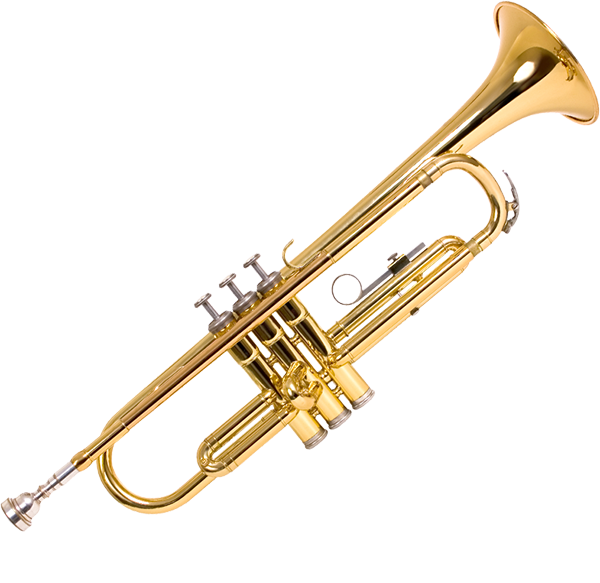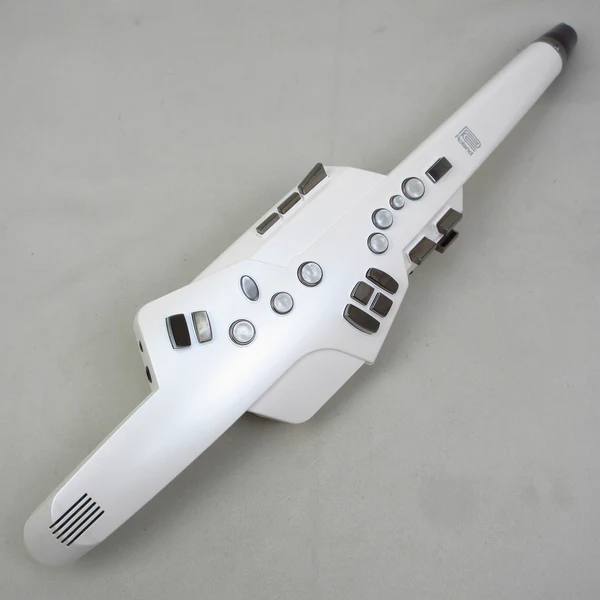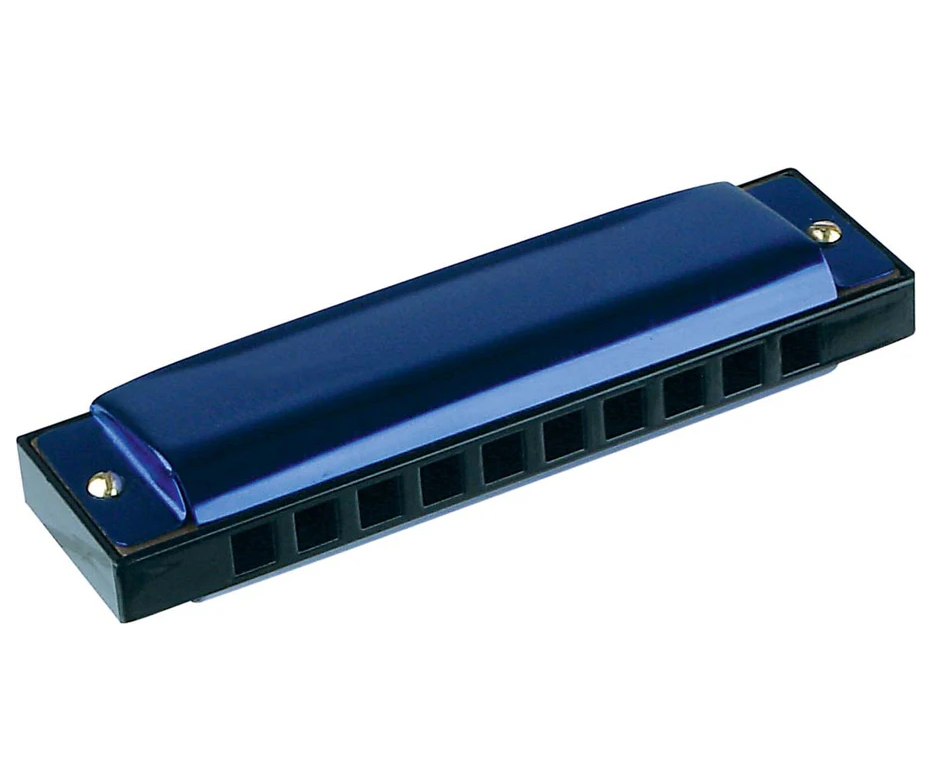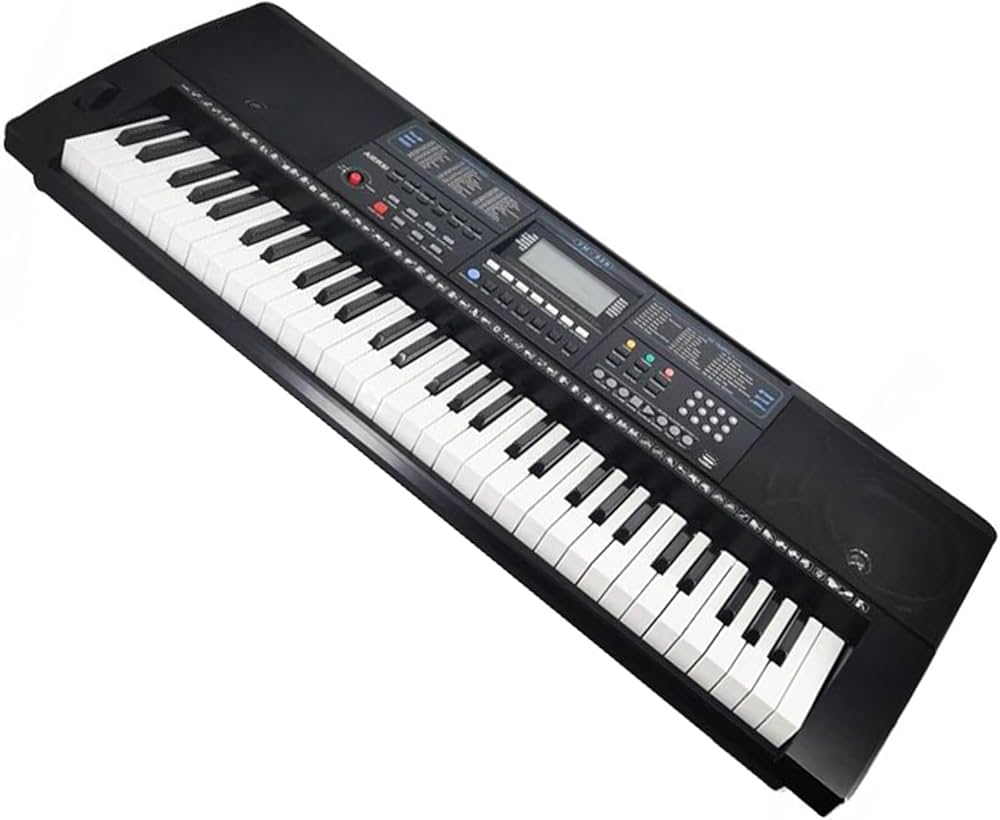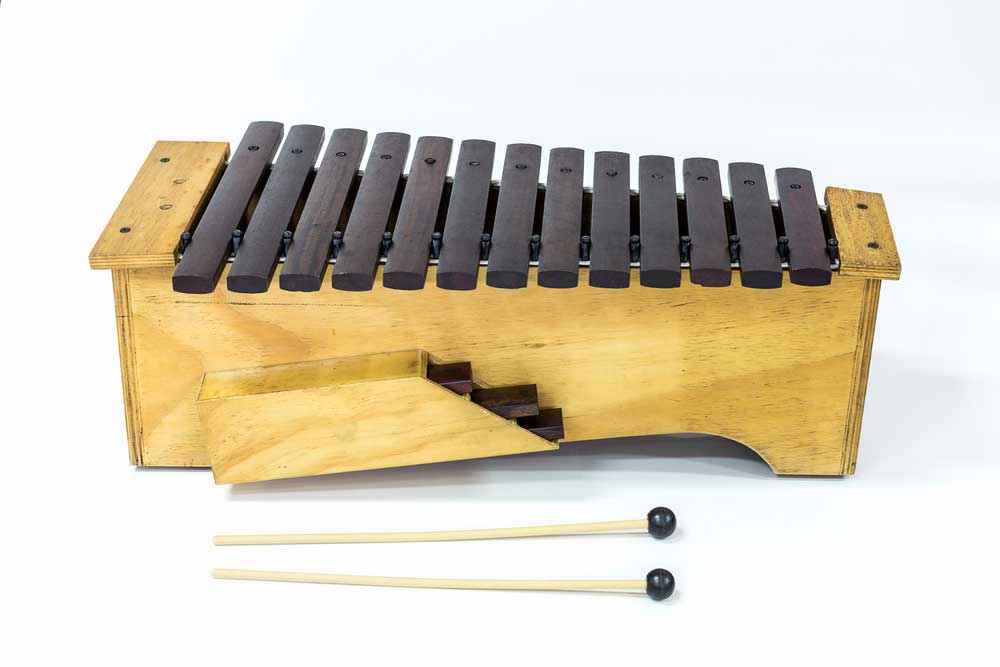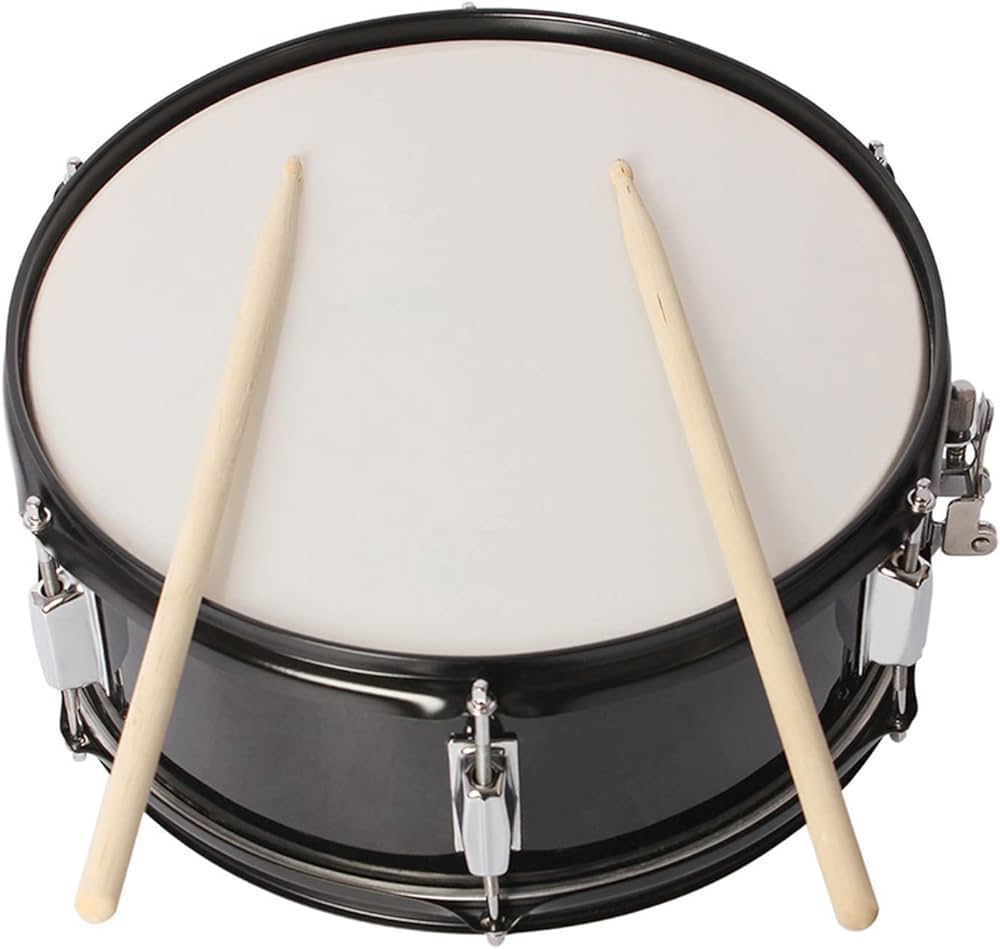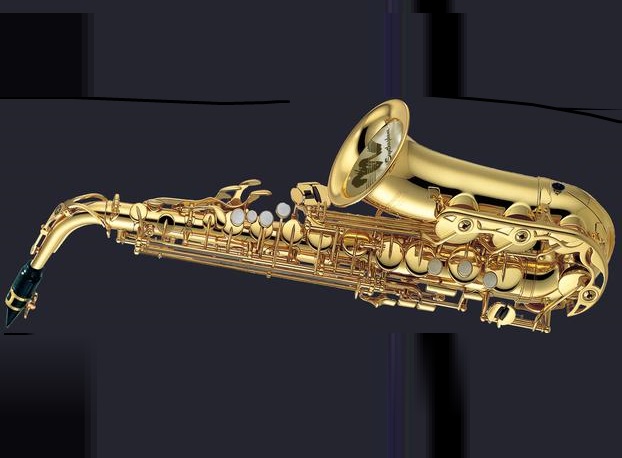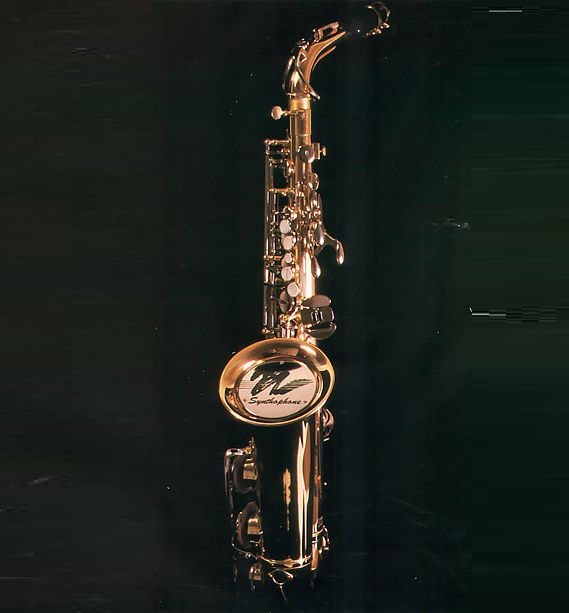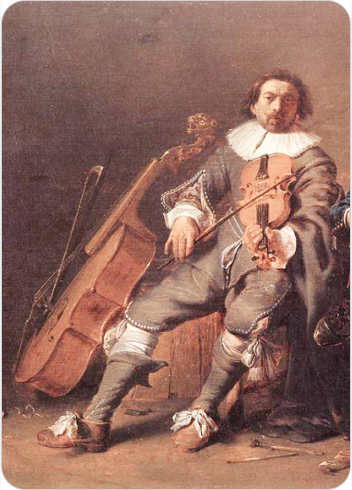Synthophone
Woodwinds
Europe
Between 1901 and present
Video
The Synthophone is a unique aerophonic musical instrument that blends the traditional saxophone form with modern electronic MIDI technology, creating a hybrid wind controller designed for expressive digital sound production. Unlike a conventional saxophone, the Synthophone does not produce acoustic sound through the vibration of air columns within its body. Instead, it converts the player’s breath pressure and fingerings into MIDI data, which can then be used to control synthesizers or virtual instruments. This transformation allows musicians to utilize the familiar saxophone fingerings and embouchure techniques while accessing a vast palette of synthesized sounds. The instrument’s design is centered around a real alto saxophone body, typically a Yamaha YAS-280, which has been modified internally to house electronic sensors and circuitry.
Type of Instrument
The Synthophone is classified as an aerophonic electronic wind instrument, specifically a MIDI wind controller. As an aerophone, it fundamentally relies on the player’s breath to generate control signals rather than sound waves. Unlike acoustic aerophones that produce sound through vibrating air columns, the Synthophone converts breath and finger input into digital signals that trigger synthesized sounds. This places it within the category of electronic wind instruments (EWIs), which are designed to emulate the playing techniques of traditional wind instruments while interfacing with digital sound generation systems.
History of the Synthophone
The Synthophone emerged in the late 20th century, with its development centered in Europe, specifically Switzerland, during the 1980s. It represents part of a broader movement in electronic musical instrument innovation that sought to combine traditional instrumental techniques with emerging digital technologies. The instrument was developed by Softwind Instruments, a Swiss company specializing in electronic wind controllers. The Synthophone was introduced around the late 1980s, with reviews and discussions appearing in music technology publications by 1988, marking its presence as a pioneering MIDI saxophone controller. Its creation was driven by the desire to provide saxophonists with a means to access the expanding world of synthesized sounds without abandoning their familiar playing techniques. At a time when electronic music was rapidly evolving, and MIDI technology was becoming the industry standard after its introduction in 1982, the Synthophone capitalized on these advances by embedding MIDI sensors into a real saxophone body. This allowed for precise translation of breath pressure, lip tension, and key action into MIDI messages, enabling expressive control over electronic sound modules.
The instrument’s development coincided with other electronic wind instruments such as the Yamaha WX7, but the Synthophone distinguished itself by preserving authentic saxophone fingerings and embouchure, making it more intuitive for saxophonists. The 1980s and 1990s saw a rise in the popularity of electronic wind instruments, and the Synthophone contributed to this trend by offering a high-quality, responsive option for wind players interested in electronic music. Geographically, the Synthophone’s Swiss origin reflects the country’s tradition of precision engineering and innovation in musical instrument design. The instrument remains a niche but respected product within the community of wind players and electronic musicians, representing a significant step in the evolution of wind controllers and hybrid instruments. Its legacy continues as part of the broader history of electronic music instruments that blend acoustic traditions with digital technology.
Construction and Physical Structure
The physical construction of the Synthophone is based on a modified alto saxophone, commonly the Yamaha YAS-280 model, which serves as the instrument’s shell and ergonomic foundation. The saxophone body is extensively altered internally to accommodate the electronic components necessary for MIDI wind control. The bell of the saxophone is sealed to prevent the flow of air through the instrument, a fundamental departure from the acoustic saxophone’s design. Instead, the mouthpiece is specially adapted with embedded sensors that detect breath pressure and lip tension, converting these physical inputs into electronic signals. The mouthpiece contains an electrical connector that interfaces with the saxophone’s neck, transmitting sensor data to the electronics housed within the instrument’s body, particularly in the bell area. This setup allows the player to blow into the mouthpiece as usual, but the air does not travel through the instrument; it exits near the mouthpiece instead. The sensors in the mouthpiece and along the key mechanisms capture the nuances of the player’s breath and finger movements, which are then processed by the internal MIDI hardware.
The instrument’s body is filled with circuit boards, wiring, and contacts that translate key presses and breath dynamics into MIDI data streams. The keywork remains largely unchanged from a traditional alto saxophone, preserving the tactile feel and fingering system. The neck and body are permanently connected by a cable that carries the electronic signals, making the instrument a single integrated unit rather than a modular system. The Synthophone’s electronic system is designed to be highly responsive and accurate, minimizing latency and ensuring that the MIDI output closely follows the player’s intentions. The instrument can transmit a variety of MIDI messages, including note on/off, velocity, breath control, aftertouch, modulation, and pitch bend, allowing for expressive performance capabilities. The physical design balances the familiarity of the saxophone’s shape and playing technique with the requirements of electronic signal processing, creating a seamless hybrid instrument.
Types of Synthophone
While the term “Synthophone” primarily refers to the specific MIDI saxophone controller developed by Softwind Instruments, there are variations and related instruments within the category of electronic wind controllers that share similar principles. The original Synthophone is essentially a modified alto saxophone with embedded MIDI electronics, but electronic wind instruments can vary by the type of wind instrument they emulate or the technology they use. One type is the traditional Synthophone MIDI saxophone, which uses real saxophone fingerings and embouchure, as described. This type is designed for saxophonists who want to transition to electronic music without learning new fingerings or playing techniques.
Other types of electronic wind controllers include instruments modeled after different wind instruments such as clarinets, flutes, or trumpets, but these are generally separate from the Synthophone brand. Within the Synthophone line, there may be different versions or updates that incorporate improvements in sensor technology, MIDI implementation, or wireless capabilities, although the core concept remains consistent. Additionally, there are software-based Synthophone instruments, such as the Sampleso Synthophone, which is a deep-sampled virtual instrument inspired by the classic Stylophone but extended with advanced sound-shaping features. This is a digital instrument rather than a physical wind controller but shares the name due to its synthesis capabilities.
In essence, the Synthophone as a physical instrument is a specialized MIDI wind controller based on the alto saxophone, with potential variants focusing on technological enhancements or software emulations expanding the concept into the digital realm.
Characteristics of the Synthophone
The Synthophone is characterized by its hybrid nature, combining the physical interface of a saxophone with the flexibility of digital sound synthesis. Its key features include the use of real saxophone fingerings and embouchure, providing an intuitive playing experience for saxophonists. The breath and lip pressure sensors allow for dynamic control of volume and expression, closely mimicking the nuances of acoustic saxophone performance. Its MIDI output capability enables it to control a vast array of external synthesizers and virtual instruments, making it highly versatile across musical genres. The instrument’s response is noted for its accuracy and minimal latency, with built-in software features such as quantizing that reduce common issues like octave glitches and unintended notes. This ensures a smooth and reliable playing experience.
The Synthophone’s physical design retains the comfort and ergonomics of a Yamaha alto saxophone, making it accessible to players familiar with standard saxophone models. The sealed bell and sensor-equipped mouthpiece mean the instrument produces no acoustic sound, allowing silent practice and performance with headphones, which is advantageous in noise-sensitive environments. In addition to note data, the Synthophone transmits various MIDI control messages including breath control, aftertouch, modulation, and pitch bend, enabling expressive sound shaping. Its electronics are integrated discreetly within the saxophone body, preserving the traditional look and feel while providing modern functionality.
Playing Techniques and Sound Modifications
The Synthophone stands out among wind-controlled electronic instruments for its unique combination of traditional saxophone ergonomics and advanced MIDI integration. Players assemble the Synthophone much like a standard saxophone, but instead of producing acoustic sound, it transmits digital signals to connected synthesizers via MIDI cables. This setup allows musicians to access a vast palette of electronic sounds while retaining familiar saxophone fingerings. A defining feature of the Synthophone is its extended range. While the basic range mirrors that of a conventional saxophone, the Synthophone can be transposed up or down by two octaves, offering a total range that exceeds seven octaves. This is achieved through specific fingering combinations not typically used in standard saxophone technique. For example, holding down the high D key and side C keys while depressing the low C key can transpose the instrument down an octave. Such function controls require players to learn new finger combinations, akin to mastering shortcuts in a complex software program.
Sound modification on the Synthophone is primarily handled through the connected synthesizer. The instrument’s MIDI output enables manipulation of oscillators, filters, envelopes, and effects in real time. Players can select different oscillator waveforms—such as sawtooth or square waves—to shape the core timbre. Detuning oscillators can create richer, fatter sounds, while the addition of noise oscillators introduces glitchy or retro video game textures. Envelopes control the attack and release of notes, allowing for smooth pads or punchy basses, and filters can dramatically alter the tonal character, from mellow to biting or even telephone-like qualities. Built-in effects such as delay can further enhance the sound, adding depth and complexity.
Because the Synthophone is a MIDI controller, it is not limited to emulating saxophone sounds. Players can trigger any synthesizer patch, from strings and brass to experimental electronic textures. This flexibility, combined with the expressive capabilities of wind control—such as breath pressure and articulation—makes the Synthophone a powerful tool for both traditional and avant-garde performance.
Famous Compositions
While the Synthophone is a niche instrument, its unique capabilities have inspired a number of notable compositions and performances, particularly in the realms of jazz, contemporary classical, and experimental electronic music. Composers and performers have leveraged its ability to blend the expressive phrasing of wind instruments with the limitless sonic possibilities of synthesizers. In jazz, the Synthophone has been featured in arrangements that require rapid timbral shifts or extended ranges not possible on acoustic saxophones. Some modern jazz artists have used the instrument to reinterpret classic standards, layering synthesized textures over traditional harmonies. In contemporary classical music, composers have written pieces specifically for Synthophone, exploring its capacity for microtonal playing, live electronic manipulation, and integration with computer-based sound processing. The Synthophone has also found a place in multimedia and film scores, where its ability to morph between acoustic and electronic sounds adds dramatic effect. Notable performances include live electronic improvisations at international music festivals and collaborations with digital ensembles, where the Synthophone’s MIDI capabilities allow it to control not just sound, but also lighting and visual effects in real time.
Most Influential Players
The community of Synthophone players is relatively small but highly innovative. Many of its most influential proponents are accomplished saxophonists who have embraced electronic music and technology. These musicians often serve as ambassadors for the instrument, demonstrating its capabilities through performances, recordings, and educational workshops. Among the most recognized Synthophone players are those who have backgrounds in both jazz improvisation and electronic sound design. Their work often blurs the boundaries between genres, incorporating elements of funk, ambient, and experimental music. These artists are known for their virtuosic technique, creative use of MIDI controls, and ability to seamlessly integrate the Synthophone into both solo and ensemble settings.
Some Synthophone players have contributed to the development of new playing techniques and performance practices, sharing their insights through masterclasses and instructional materials. Their influence extends beyond performance, as they often collaborate with instrument makers and software developers to expand the instrument’s capabilities and improve its integration with modern music technology.
Historical Performances or Concerts
The Synthophone has been featured in a variety of high-profile performances and concerts, particularly those that emphasize innovation and the fusion of acoustic and electronic music. Early demonstrations of the instrument showcased its ability to replicate saxophone parts while adding new dimensions of sound through synthesis. At electronic music festivals, the Synthophone has been used in live improvisations, where performers manipulate sound parameters in real time, creating dynamic and evolving textures. In jazz clubs and concert halls, it has enabled saxophonists to explore new sonic territories, often surprising audiences with its ability to mimic traditional instruments or produce entirely novel sounds. Some historical performances have paired the Synthophone with other electronic instruments, such as synthesizers and drum machines, highlighting its role as a bridge between acoustic performance and digital sound design. These concerts often include multimedia elements, with the Synthophone controlling not just audio but also visual effects, creating immersive experiences for audiences.
Maintenance and Care
Maintaining a Synthophone involves a combination of traditional instrument care and electronic maintenance. Like any wind instrument, it should be kept clean and free of moisture to prevent damage to internal components. Regular cleaning of the mouthpiece and body is essential, and players should handle the instrument with care to avoid bending keys or damaging sensitive sensors. Because the Synthophone contains electronic circuitry and connects to external devices via MIDI, it is important to protect it from dust, moisture, and static electricity. Periodic inspection of cables and connectors ensures reliable performance. For more thorough maintenance, players may need to open the instrument to check for loose connections or wear on electronic components. When cleaning the interior, only appropriate materials should be used to avoid damaging sensitive parts. Preventive maintenance includes updating firmware (if applicable), checking for software compatibility with connected synthesizers, and replacing batteries or other consumable components as needed. Storing the Synthophone in a protective case when not in use helps prevent physical damage and exposure to environmental hazards.
Interesting Facts and Cultural Significance
The Synthophone occupies a unique place in the history of electronic musical instruments. It was one of the first commercially available wind controllers to fully integrate MIDI, allowing saxophonists to access the world of electronic music without abandoning their familiar playing techniques. This innovation opened new creative possibilities, enabling performers to cross genres and experiment with sound in unprecedented ways. One interesting fact is that the Synthophone’s MIDI controls are extracted directly from the instrument and triggered using fingering combinations that are not part of standard saxophone technique. This approach allows for a high degree of customization and flexibility, but also requires players to invest time in learning new controls—much like mastering a new language.
Culturally, the Synthophone symbolizes the ongoing dialogue between tradition and innovation in music. It has been embraced by forward-thinking musicians who see technology not as a replacement for acoustic instruments, but as a means to expand their expressive palette. The Synthophone has contributed to the evolution of jazz, classical, and electronic music, inspiring composers and performers to rethink the boundaries of their art. In addition to its musical impact, the Synthophone has influenced the design of other wind controllers and electronic instruments. Its success demonstrated the viability of integrating traditional instrument interfaces with digital sound generation, paving the way for a new generation of hybrid instruments.
FAQ
What is the Synthophone and how is it constructed?
The Synthophone is an electronic wind instrument built into a modified alto saxophone. It uses sensors and MIDI technology to translate saxophone fingerings and breath into synthesized sound. The construction retains the key layout of a traditional sax but replaces the acoustic components with digital electronics. It allows expressive control similar to acoustic instruments.
What are the advantages of using the Synthophone?
The Synthophone offers silent practice, full MIDI control, and customizable sound libraries. It’s great for studio work and live performances due to its versatility and compatibility with virtual instruments. It’s also ideal for saxophonists transitioning into electronic music. The instrument supports breath control for expressive dynamics.
Which musicians commonly use the Synthophone?
The Synthophone is used by experimental and jazz musicians who want MIDI control while preserving saxophone technique. Artists like Jeff Harrington and George Haslam have explored its creative possibilities. It’s also favored by educators and producers in electronic music. Its niche appeal fits well in modern music tech scenes.
 Links
Links
References
Other Instrument
Categories

